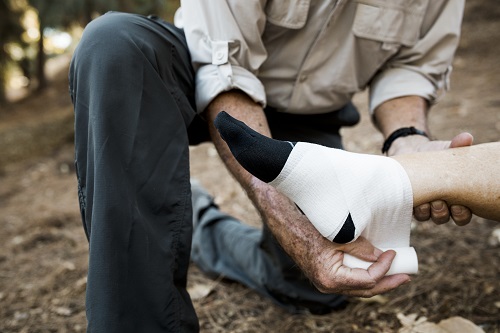
Personal injury cases hinge significantly on the strength and validity of the evidence presented. Whether the claim arises from a car accident, a slip and fall incident, or medical malpractice, robust evidence can be the difference between winning and losing a case. Understanding the types of evidence required and their importance in building a solid claim is crucial for plaintiffs seeking compensation for their injuries.
Types of Evidence in Personal Injury Cases
-
Medical Records: According to Robins Kaplan, one of the most critical pieces of evidence in a personal injury case is the medical record. These documents provide a clear account of the injuries sustained, the treatments administered, and the prognosis for recovery. They not only help establish the extent of the injuries but also link them directly to the incident in question. Comprehensive medical documentation can significantly strengthen a plaintiff’s position.
-
Witness Statements: Eyewitness accounts can offer valuable insights into the circumstances surrounding an accident. Statements from individuals who witnessed the event can corroborate the plaintiff’s version of events, providing a more compelling narrative. Gathering witness contact information at the scene can be beneficial for later testimonies or statements.
-
Photographic Evidence: Visual documentation, such as photographs of the accident scene, injuries, or property damage, can be instrumental in illustrating the circumstances leading to the injury. Photos can capture critical details that might be overlooked in testimonies or written accounts, adding another layer of support to the plaintiff's case.
-
Expert Testimony: In some cases, the complexities of medical, technical, or scientific issues require expert input. Professionals in relevant fields can provide testimony that clarifies the standard of care or demonstrates how the defendant's actions deviated from accepted practices. This can be crucial in medical malpractice cases or incidents involving specialized knowledge.
-
Accident Reports: Official reports generated by law enforcement or regulatory agencies can serve as credible evidence. These documents often include essential details, such as the parties involved, statements from witnesses, and other pertinent information. Accident reports are usually considered objective and can be very influential in court.
Building a Strong Case
The gathering and presentation of evidence in personal injury cases require meticulous attention to detail. From the moment an incident occurs, it's advisable for the injured party to document everything. This includes taking photographs, seeking medical attention, and collecting witness information. The more comprehensive the evidence, the better the chance of establishing liability and securing a favorable outcome.
Moreover, working with an experienced personal injury attorney can enhance the process of gathering evidence. Legal professionals know what types of evidence are most compelling in specific cases and can help plaintiffs avoid common pitfalls. They can also assist in presenting the evidence effectively during negotiations or in court.
The Role of Evidence in Establishing Liability
To win a personal injury case, the plaintiff must prove that the defendant was negligent. This means demonstrating that the defendant had a duty to act in a certain way, breached that duty, and that the breach caused the plaintiff’s injuries. Strong evidence is critical in establishing this chain of causation. Without solid proof, claims may falter, leading to unfavorable settlements or dismissals.
In personal injury cases, evidence serves as the backbone of the plaintiff's claim. It plays a pivotal role in establishing the facts of the case, demonstrating liability, and ensuring that victims receive the compensation they deserve.




 " style="margin-top:1px;">
" style="margin-top:1px;">





